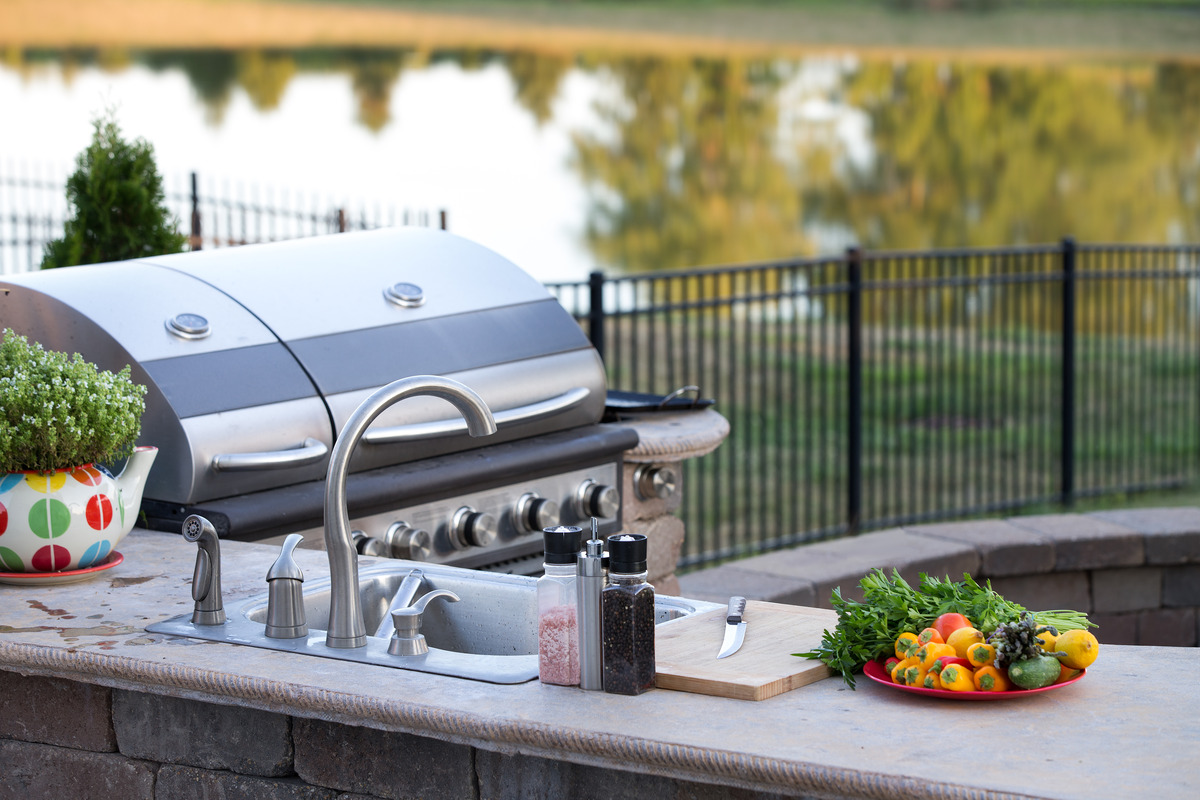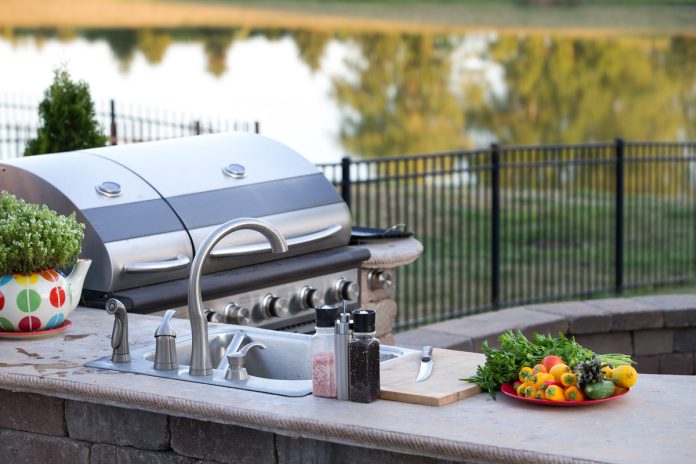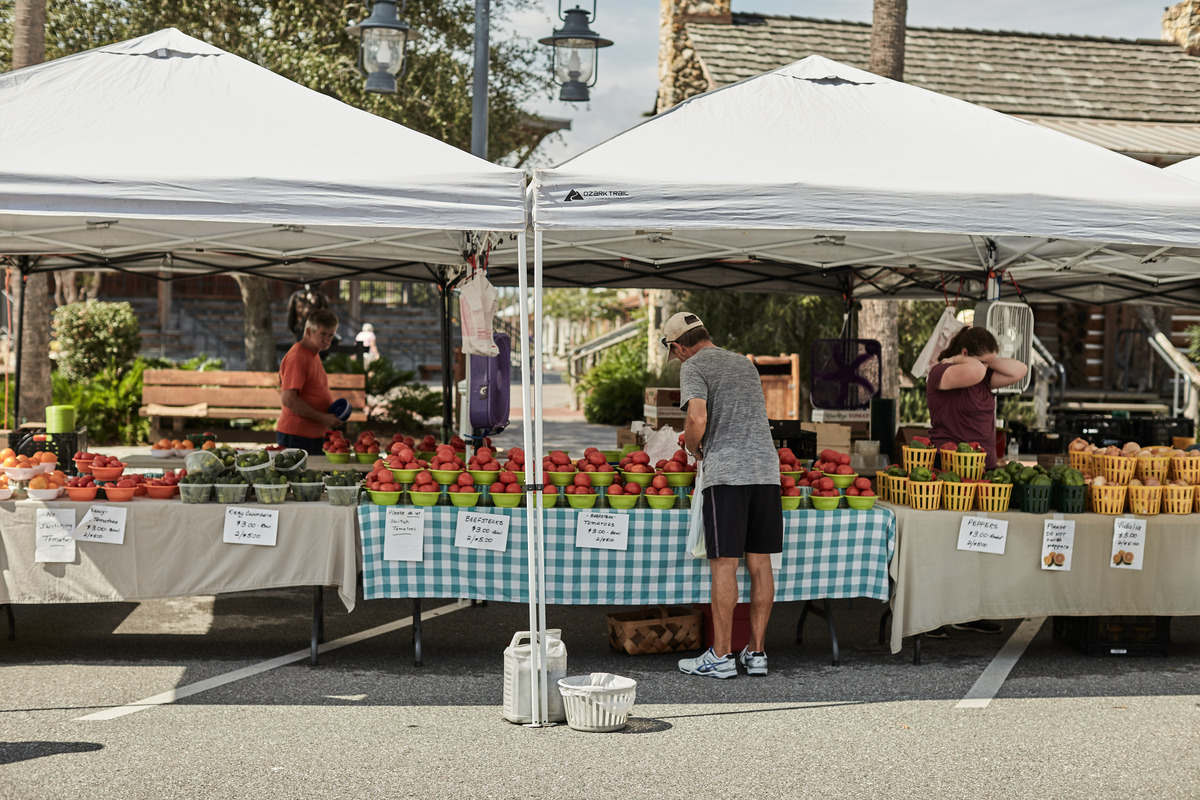Outdoor kitchens bring the joy of cooking into the fresh air. When the sunshine calls or a gentle breeze blows, escape the traditional kitchen, and cook surrounded by nature. And if you practice sustainable building, your outdoor kitchen can also contribute to a greener world. Follow the tips below to design an eco-friendly outdoor kitchen space.
Choose Sustainable Materials for Construction
The materials you use are key to your kitchen’s environmental impact. For instance, you could use reclaimed wood for your cabinets and shelving, reducing the demand for new timber. You could also build with recycled stainless steel or aluminum.
When discussing materials with suppliers, ask about the materials’ origin. You want to ensure you only work with products from ethical and sustainable sources.
Install Energy-Efficient Appliances
Your outdoor appliances can significantly contribute to energy consumption. Choosing energy-efficient options will keep your kitchen sustainable and cost-effective. Possible options include:
- Natural gas-powered grills: These grills emit less carbon than charcoal or propane grills.
- Solar-powered lighting: Utilize LED solar-powered lights for cooking and ambiance. These are energy-efficient and convenient to install without wiring.
- Smart fridges: Invest in ENERGY STAR-certified mini-fridges or beverage coolers to conserve power.
Focus on Water Conservation
Water often gets overlooked in outdoor kitchens. However, incorporating measures to conserve water ensures a more sustainable kitchen. For example, low-flow faucets minimize water waste without compromising performance. Greywater collection might be a possibility, too, depending on local regulations.
Ensure Proper Ventilation and Minimal Cooling Needs
Natural ventilation designs minimize the need for fans or cooling systems, which consume energy. When planning your outdoor kitchen layout, consider positioning it to maximize airflow. Avoid fully enclosed structures, and opt for open designs or sliding panels.
To protect your space from excessive heat, invest in eco-friendly roofing or pergolas constructed from sustainable bamboo or reclaimed wood. Most guides for outdoor kitchens recommend adding shade structures to make your kitchen more comfortable so there’s no need to run an electric fan.
Incorporate Recycling and Composting Systems
Creating a designated area for recycling and composting in your outdoor kitchen encourages sustainable waste management practices. Use separate bins for different types of recyclables, and install a compost bin to dispose of food scraps. This keeps your outdoor kitchen tidy and reduces landfill waste.
Use Produce From Your Garden
Whether you’re grilling a golden peach or a thick cauliflower steak, a vegetable garden or herb planter will provide delicious ingredients for your meals. You can use fresh, organic produce straight from your backyard without buying them from the store. Plus, tending a garden is a fun sustainable backyard project that you can do with your kids!
Take the Lead on Sustainability With Your Outdoor Kitchen
Designing an eco-friendly outdoor kitchen may feel like a significant undertaking, but the rewards are worth it. Green spaces like these create a healthier, more enjoyable space for you, your family, and your guests.
Are you ready to transform your outdoor space into an eco-friendly kitchen? Start small or transform your entire backyard with these tips today!











